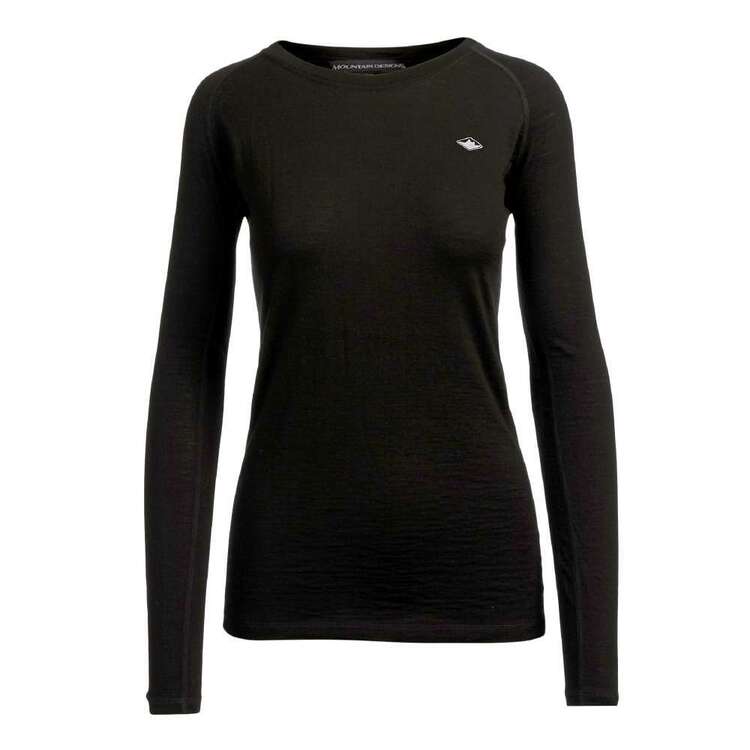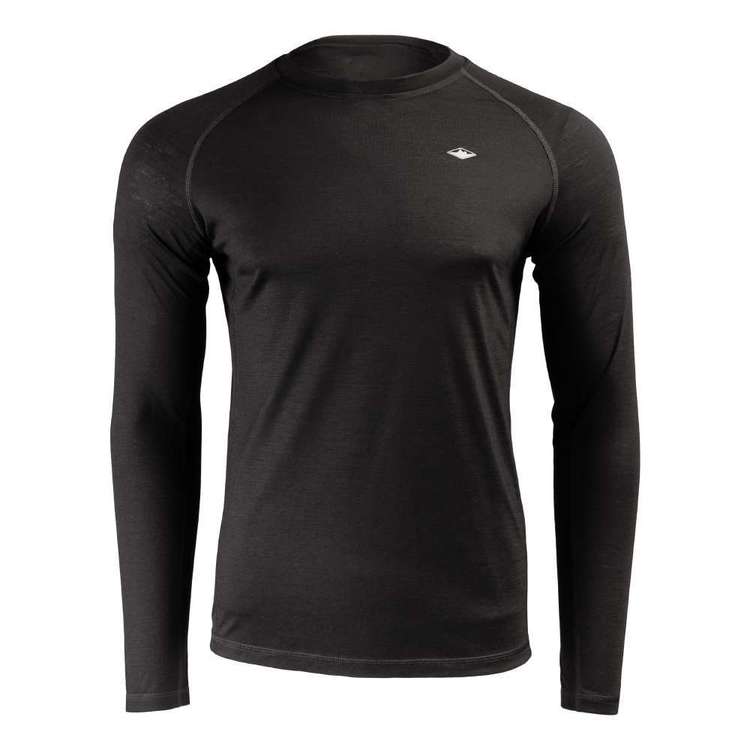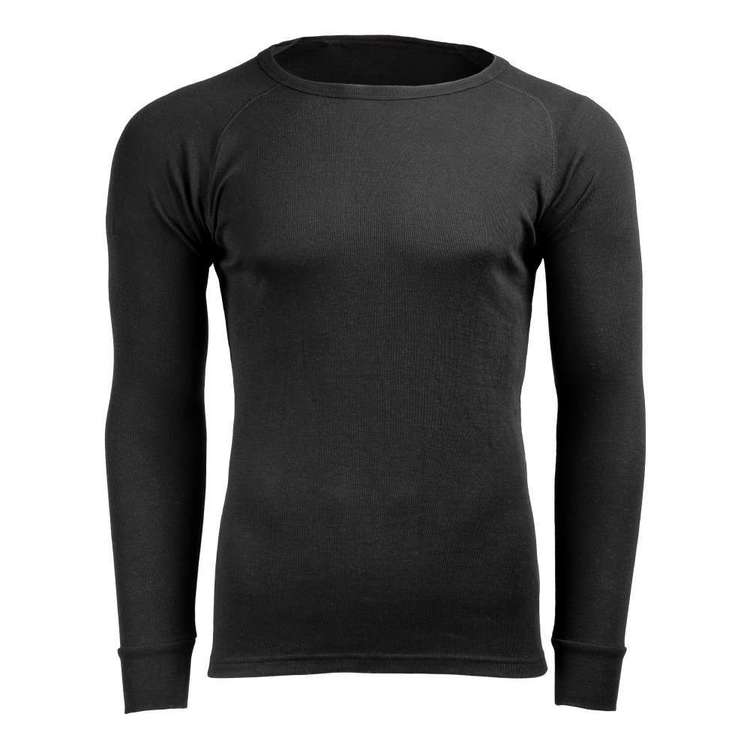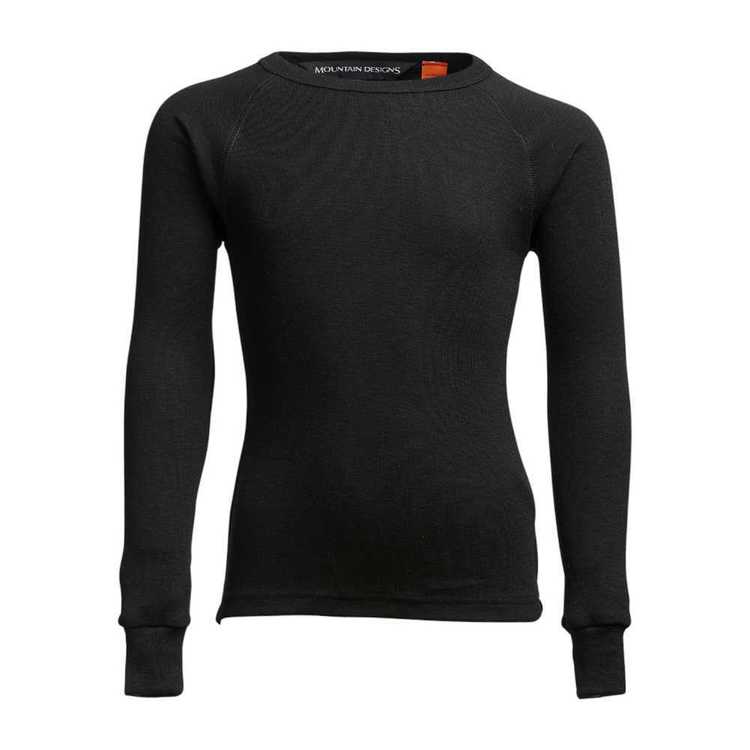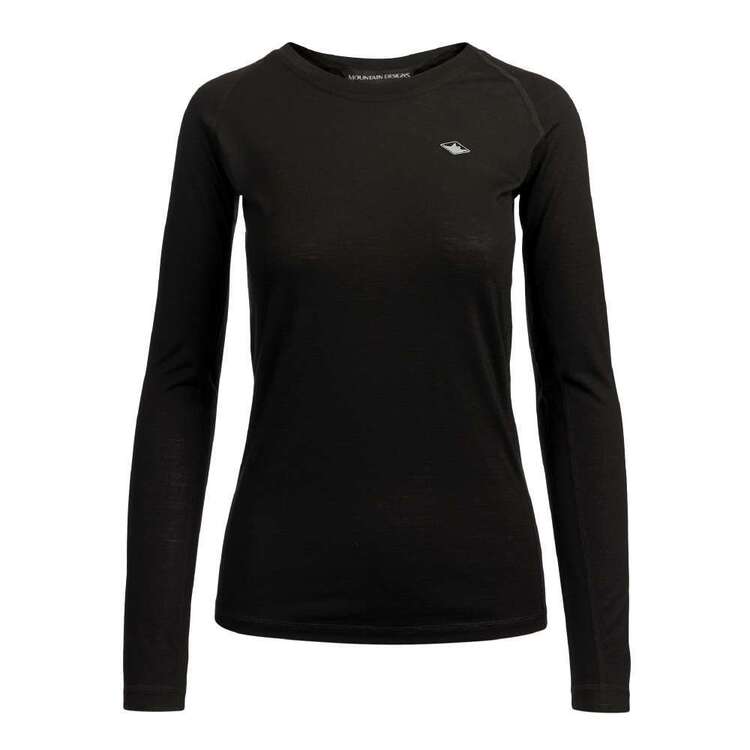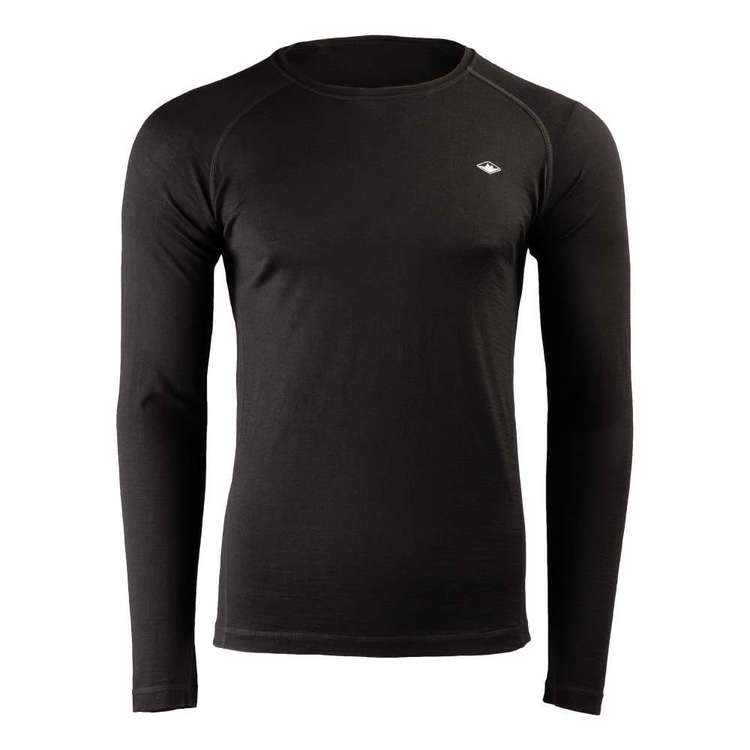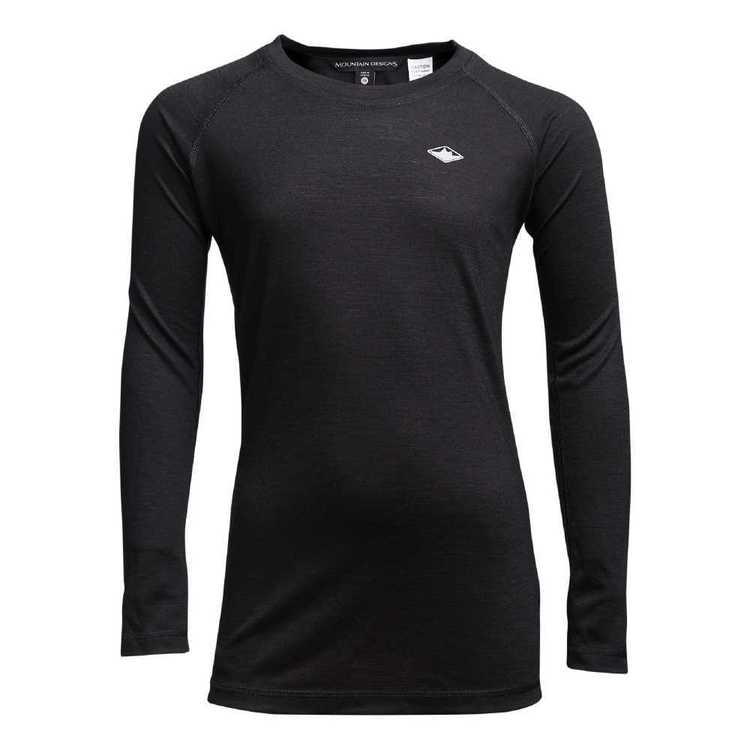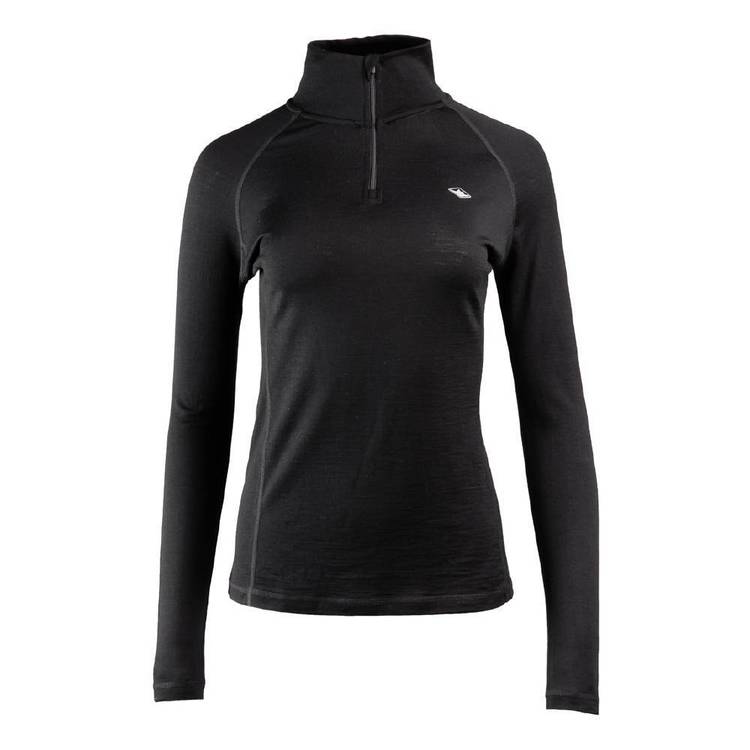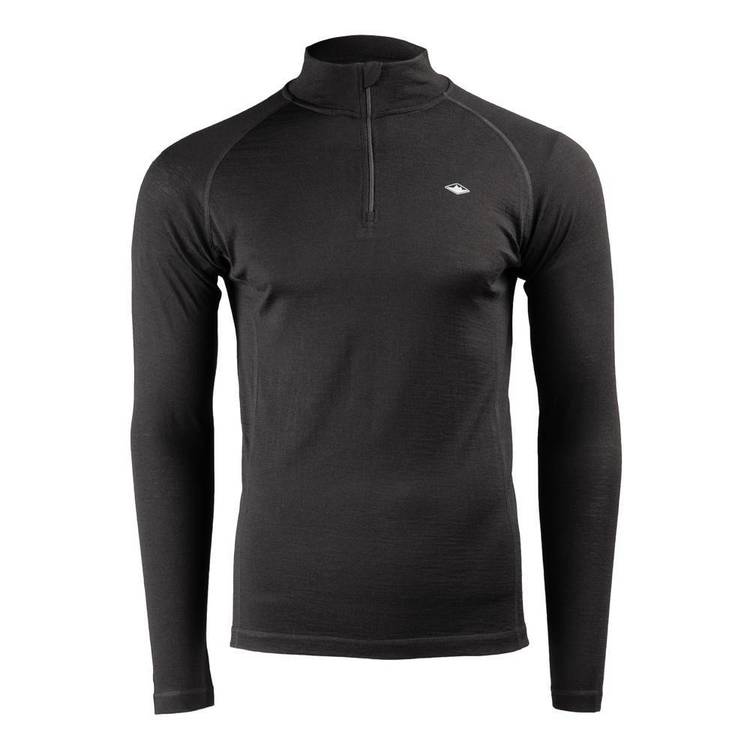| Your browser is not supported. | ||
|
Please browse our site using any of the following options:
| ||
Thermal Tops
Browse the Anaconda collection for long sleeve tops, short sleeve tops, vests, t-shirts and other base layers, all at prices regular Australians can afford.
10 items found.
DISCOVER THE FULL THERMAL RANGE AT ANACONDA!
If you are considering a cold climate adventure in Australia, New Zealand or anywhere else, you will require the right clothing. Your thermal tops and base layers should be combined with thermal leggings, long johns, sleepwear, thermal underwear and other Merino wool thermal apparel. When the temperature plummets, breathable baselayer tops and moisture wicking gear will keep you and your group safe and warm.
At Anaconda, we showcase crew neck jumpers, hoodies, sleeveless vests, thermal leggings, thermal pants, beanies and much more. If you are looking for a suitable camisole, pointelle tops, scoop neck tops, rain jackets, snow jackets or thermal tops, we have exactly what you need.
WHAT ARE THE RECOMMENDED FABRICS FOR THERMAL CLOTHING?
There are many materials that could classify as thermal. Common fabrics that are used in thermal apparel include polyester, Merino wool, nylon, cotton, and silk.
As is the case with all types of fabrics, every fabric has its advantages and disadvantages. Some absorb water better than others, this is the case for materials such as nylon and polyester. Of course, other materials are more breathable, this includes materials such as Merino wool and cotton. Because of the unique properties of each fabric, it is not unusual for manufacturers to use a combination of natural fabric fibres and man-made materials.
WHAT ARE THE ADVANTAGES OF POLYESTER THERMAL APPAREL?
Polyester is one of the most affordable materials and can be lightweight as well, this means this is the recommended material for anyone who does not want heavy thermal clothing on them.
One of the advantages of polyester is the fact it absorbs water relatively fast. It also dries fast, which means it effectively keeps any moisture away from your skin when you find yourself in a colder environment.
WHAT ARE THE ADVANTAGES OF MERINO WOOL THERMAL APPAREL?
Merino wool is a popular choice for hikers, mainly because this material has outstanding temperature regulation qualities. Because of this property, Merino wool can maintain your body temperature without much trouble.
When selecting thermal clothing made from Merino wool, it is a good idea to familiarise yourself with so-called microns. Merino wool microns indicate the thickness and softness of the wool. For example, the smaller the diameter in microns, the softer and thinner the wool.
WHAT ARE THE ADVANTAGES OF NYLON THERMAL APPAREL?
Even though nylon finds application in thermal apparel, it is rarely used for base layers specifically. Even though it shares a lot of its properties with polyester, nylon thermal apparel is considerably less breathable than alternative materials.
Despite its lack of breathability, nylon does have many advantages which indicate it is still a good choice for thermal apparel. Firstly, nylon has moisture-wicking properties, keeping your skin dry. Secondly, nylon is one of the most durable materials in this list. So, if you regularly struggle to find more durable options, nylon should be the first on your list.
WHAT ARE THE ADVANTAGES OF COTTON THERMAL APPAREL?
Cotton is a material that is popular for most apparel, so its popularity is certainly not limited to thermal apparel. While this material may not provide the same temperature regulating qualities as wool, it still has applications in thermal apparel when combined with polyester material.
Two of the benefits of cotton are breathability and softness. When mixed with polyester, it provides an almost perfect thermal material. Some of the best thermal fabrics consist of a combination of 15% cotton and 85% polyester, but other percentages still belong to the possibilities. However, if you notice a deviation from this standard, always incorporate the most dominant properties of each material to ensure that combination is suitable for your needs.
WHAT ARE THE ADVANTAGES OF SILK THERMAL APPAREL?
Even though silk is used in some thermal apparel, it is not as popular as the other materials mentioned in this overview. However, silk does have the ability to absorb water, which is then stored in the material itself, this means that silk has the ability to keep moisture away from your skin.
Despite its outstanding moisture-wicking properties, many hikers are put off from silk due to its higher price. Compared to materials such as polyester, wool, and cotton, silk can be one of the priciest. If this is the case for you, you could still benefit from silk by choosing the popular combination of silk and Merino wool.
TOP THERMAL APPAREL AT ANACONDA
Anaconda has one of the largest collections of thermal apparel, this includes base layers, tops, bottoms, and even underwear. If you are looking to keep warm during your next hike, be sure to take a look at our thermal apparel catalogue today.
